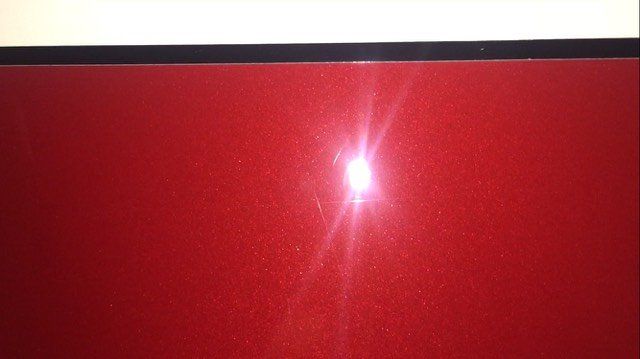I am trying to remove some swirl marks/ light scratches and am having a hell of a time.
To be clear, I've watched TONS of videos on the subject.
What: 2014 Mini Cooper (Freshly strip washed and clayed) Tools: Adam's 2 Step Polish System, Griots Garage DA, 5 pack of Uber Foam Pads, and Adam's Orange MF cutting pad.
Here is what I have tried so far:
Yellow Foam Pad with Correcting Polish Orange Foam Pad with Correcting Polish Orange MF Pad with Correcting Polish
I started with the least aggressive method and proceeded until I got to the MF pad. I have been following the Shine-Doc video for removing swirls without any luck. I have had minimal correction and most of the marks remain. I assume this means I have very hard paint. I started with speed 4 and am now trying to correct at speed 6. I am working 2x2 areas and trying to apply moderate pressure. I am doing a cross-hatch pattern.
None of the scratches can be felt with a fingernail so I am getting out light/very light scratches.
I'm hoping maybe there is some sort of simple thing I am overlooking.
Question
Bryce
Hey everyone,

I am trying to remove some swirl marks/ light scratches and am having a hell of a time.
To be clear, I've watched TONS of videos on the subject.
What: 2014 Mini Cooper (Freshly strip washed and clayed)
Tools: Adam's 2 Step Polish System, Griots Garage DA, 5 pack of Uber Foam Pads, and Adam's Orange MF cutting pad.
Here is what I have tried so far:
Yellow Foam Pad with Correcting Polish
Orange Foam Pad with Correcting Polish
Orange MF Pad with Correcting Polish
I started with the least aggressive method and proceeded until I got to the MF pad. I have been following the Shine-Doc video for removing swirls without any luck. I have had minimal correction and most of the marks remain. I assume this means I have very hard paint. I started with speed 4 and am now trying to correct at speed 6. I am working 2x2 areas and trying to apply moderate pressure. I am doing a cross-hatch pattern.
None of the scratches can be felt with a fingernail so I am getting out light/very light scratches.
I'm hoping maybe there is some sort of simple thing I am overlooking.
Link to comment
Share on other sites
21 answers to this question
Recommended Posts
Create an account or sign in to comment
You need to be a member in order to leave a comment
Create an account
Sign up for a new account in our community. It's easy!
Register a new accountSign in
Already have an account? Sign in here.
Sign In Now